
Browse an alphabetical list of photographs. These historical images portray people, places, and events before, during, and after World War II and the Holocaust.
<< Previous | Displaying results 1931-1940 of 2641 for "Photo" | Next >>
Three Jewish businessmen are forced to march down a crowded Leipzig street while carrying signs reading: "Don't buy from Jews. Shop in German businesses!" Leipzig, Germany, 1935.
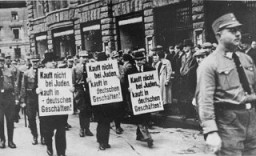
A pedestrian stops to read an issue of the antisemitic newspaper Der Stuermer (The Attacker) in a Berlin display box. "Der Stuermer" was advertised in showcase displays near places such as bus stops, busy streets, parks, and factory canteens throughout Germany. Berlin, Germany, probably 1930s.
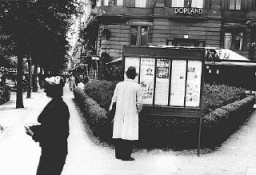
Students sit at their desks in a classroom at a Polish-language public elementary school in Lwów around 1930. In interwar Poland, Jewish children could attend public or private schools. The curriculum in these schools was based on a secular education, in contrast to the traditional heder where boys were schooled in Jewish texts and traditions. This particular school was located in the city’s predominantly Jewish neighborhood and almost all of the students were Jewish. Before attending this school,…

Purim portrait of a kindergarten class at the Reali Hebrew gymnasium. Kovno, Lithuania, March 5, 1939.
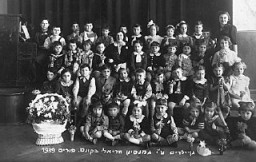
Père Jacques de Jésus (born Lucien Bunel) was a Carmelite headmaster of a Catholic boys school in Avon, France. Angered at Nazi policies, he made his school a refuge for young men seeking to avoid forced labor and for Jews. On January 15, 1944, the Gestapo raided the school, seizing Père Jacques and three Jewish children. The boys were deported to Auschwitz and killed. Père Jacques, sent to various concentration camps, died shortly after liberation.
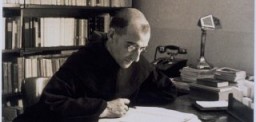
Amon Goeth, commandant of the Płaszów camp. Płaszów, Poland, between February 1943 and September 1944.
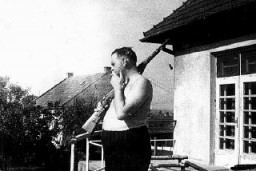
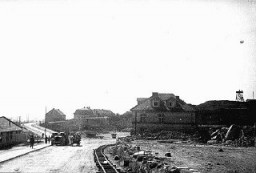
A woman (right) imprisoned in the Gurs camp stands with two Quaker delegates who worked for the American Friends Service Committee. Gurs, France, after January 1941.

Vegetable gardens administered by the American Friends Service Committee as part of a Quaker relief effort for prisoners at the Gurs camp. Gurs, France, ca. 1943.
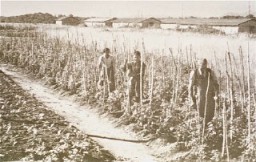
Quaker delegates of the American Friends Service Committee who set up a relief and rescue operation in Toulouse. France, January 1941.
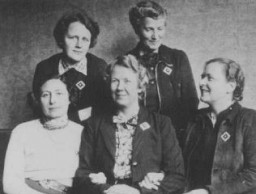
We would like to thank Crown Family Philanthropies, Abe and Ida Cooper Foundation, the Claims Conference, EVZ, and BMF for supporting the ongoing work to create content and resources for the Holocaust Encyclopedia. View the list of donor acknowledgement.